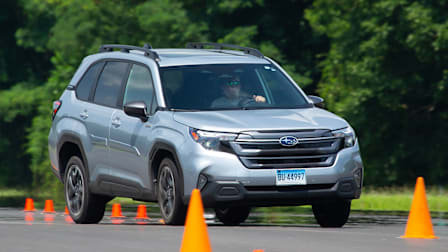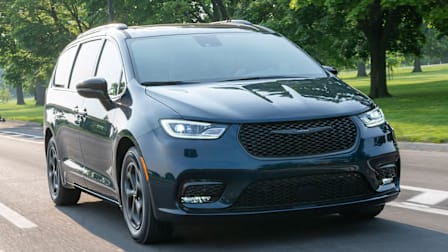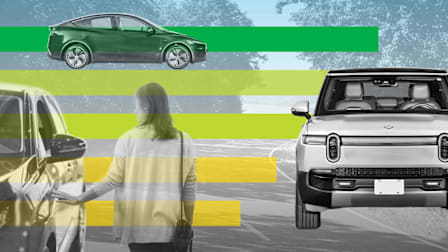Automakers have been aware that the test was due to change since 2018, IIHS spokesman Joe Young tells CR. “Given the range of performance, it seems that some automakers did plan ahead with vehicle improvements while others need some time to catch up,” Young says. The official protocols were not published until 2020, and the majority of the vehicles tested were launched prior to that date.
By 2023, all vehicles will need a Good score on the new test in order to earn a Top Safety Pick or Top Safety Pick+ award from the IIHS. Until then, a vehicle that performed well in prior side-impact crash tests may still retain the IIHS’ Top Safety Pick designation, but consumers can use this new information to inform their purchasing decisions.
“When more car segments are evaluated with this new crash test, we will look to incorporate the findings in our Overall Score,” says Jake Fisher, senior director of auto testing at CR.
The original side-impact crash test was introduced in 2003 and featured a 3,300-pound barrier that struck the side of a test vehicle at 31 mph.
The new test uses a 4,180-pound barrier that strikes the test vehicle at 37 mph—a change that reflects the larger vehicles and higher speeds that are common on modern American roadways. In addition, the barrier’s surface is designed to better simulate an impact with another vehicle. According to Young, the moving barrier “represents a modern SUV or pickup, but it actually has a lower profile to reflect the more carlike designs that SUVs have taken on in recent years.”
If you’re a Consumer Reports member, this article is available to you. CR members have full access to the results of our Annual Auto Surveys; first-drive reviews of the newest cars, SUVs, and trucks; and our full road tests and exclusive ratings for each vehicle we buy. If you’re not a CR member, click below to join.





















